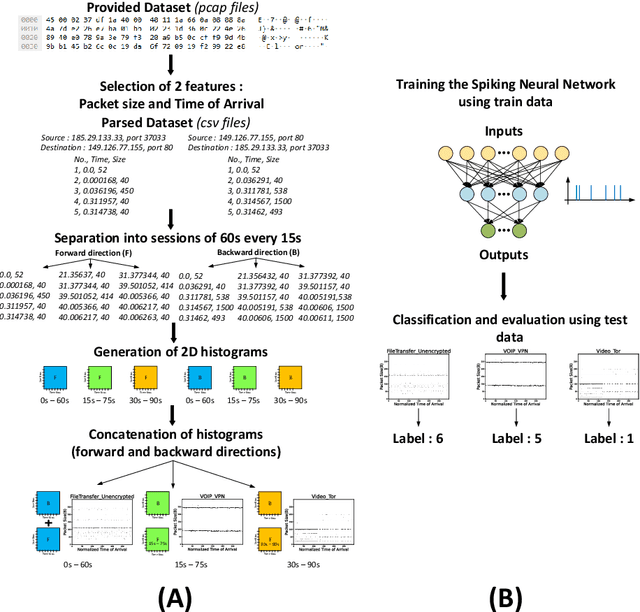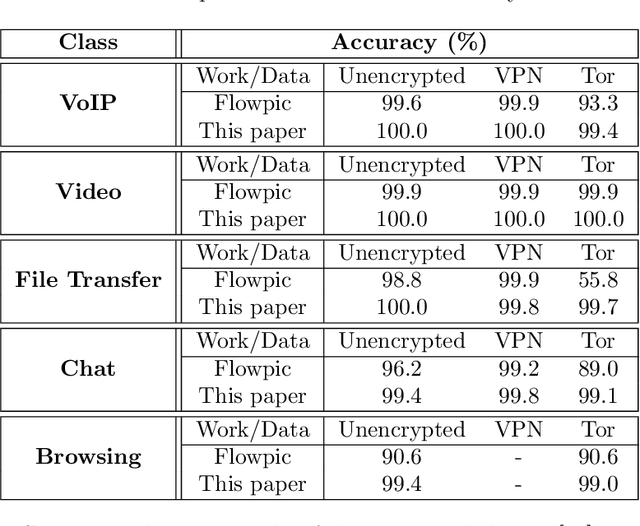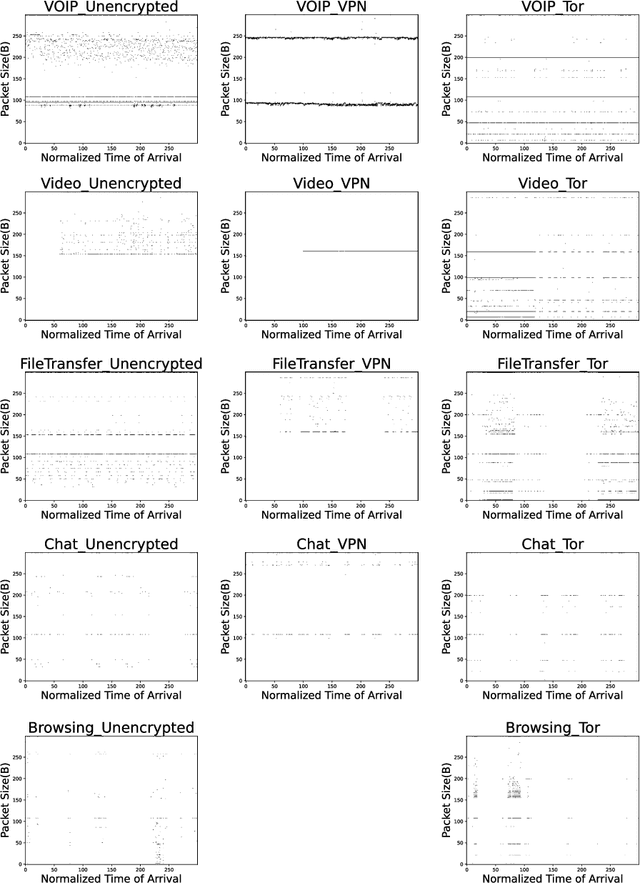Carlos Aguilar-Melchor
On Neural Consolidation for Transfer in Reinforcement Learning
Oct 05, 2022



Abstract:Although transfer learning is considered to be a milestone in deep reinforcement learning, the mechanisms behind it are still poorly understood. In particular, predicting if knowledge can be transferred between two given tasks is still an unresolved problem. In this work, we explore the use of network distillation as a feature extraction method to better understand the context in which transfer can occur. Notably, we show that distillation does not prevent knowledge transfer, including when transferring from multiple tasks to a new one, and we compare these results with transfer without prior distillation. We focus our work on the Atari benchmark due to the variability between different games, but also to their similarities in terms of visual features.
Neural Distillation as a State Representation Bottleneck in Reinforcement Learning
Oct 05, 2022



Abstract:Learning a good state representation is a critical skill when dealing with multiple tasks in Reinforcement Learning as it allows for transfer and better generalization between tasks. However, defining what constitute a useful representation is far from simple and there is so far no standard method to find such an encoding. In this paper, we argue that distillation -- a process that aims at imitating a set of given policies with a single neural network -- can be used to learn a state representation displaying favorable characteristics. In this regard, we define three criteria that measure desirable features of a state encoding: the ability to select important variables in the input space, the ability to efficiently separate states according to their corresponding optimal action, and the robustness of the state encoding on new tasks. We first evaluate these criteria and verify the contribution of distillation on state representation on a toy environment based on the standard inverted pendulum problem, before extending our analysis on more complex visual tasks from the Atari and Procgen benchmarks.
Encrypted Internet traffic classification using a supervised Spiking Neural Network
Jan 24, 2021



Abstract:Internet traffic recognition is an essential tool for access providers since recognizing traffic categories related to different data packets transmitted on a network help them define adapted priorities. That means, for instance, high priority requirements for an audio conference and low ones for a file transfer, to enhance user experience. As internet traffic becomes increasingly encrypted, the mainstream classic traffic recognition technique, payload inspection, is rendered ineffective. This paper uses machine learning techniques for encrypted traffic classification, looking only at packet size and time of arrival. Spiking neural networks (SNN), largely inspired by how biological neurons operate, were used for two reasons. Firstly, they are able to recognize time-related data packet features. Secondly, they can be implemented efficiently on neuromorphic hardware with a low energy footprint. Here we used a very simple feedforward SNN, with only one fully-connected hidden layer, and trained in a supervised manner using the newly introduced method known as Surrogate Gradient Learning. Surprisingly, such a simple SNN reached an accuracy of 95.9% on ISCX datasets, outperforming previous approaches. Besides better accuracy, there is also a very significant improvement on simplicity: input size, number of neurons, trainable parameters are all reduced by one to four orders of magnitude. Next, we analyzed the reasons for this good accuracy. It turns out that, beyond spatial (i.e. packet size) features, the SNN also exploits temporal ones, mostly the nearly synchronous (within a 200ms range) arrival times of packets with certain sizes. Taken together, these results show that SNNs are an excellent fit for encrypted internet traffic classification: they can be more accurate than conventional artificial neural networks (ANN), and they could be implemented efficiently on low power embedded systems.
 Add to Chrome
Add to Chrome Add to Firefox
Add to Firefox Add to Edge
Add to Edge